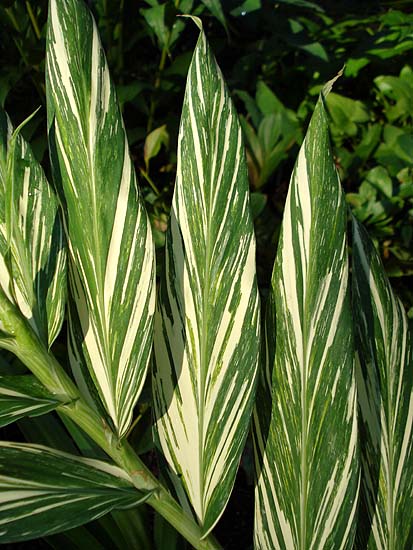On Friday afternoon and evening the garden finally had a good rainfall, receiving almost 2 inches (4.5 cm) after two months with very little precipitation and temperatures well above average. The rain, along with the autumnal air mass that followed it, brought many geophytes into flower this week. All of these "bulbs" are unusual because they bloom in late summer and autumn without any foliage present.
Lycoris radiata, a native of China, has spidery red flowers with long, exserted filaments. After blooming, the tidy, dark green leaves, with a pale central stripe, emerge and add attractive greenery to the garden all winter, disappearing as the bulbs enter dormancy in the spring.
Rhodophiala bifida, a native of Uruguay and Argentina, also has red flowers on bare scapes, but the flowers have a different look. The narrow leaves emerge from its long-necked bulbs after the flowers, remain green all winter and go dormant in the spring, but they're long and sprawl around, rather than remaining tidy like those of Lycoris radiata.
Not all of these autumn bloomers are red, these Colchicum have pinkish-purple flowers. Unlike the others here, its broad foliage doesn't emerge from its corms until late winter, going dormant in late spring.
Cyclamen hederifolium, native to Southern Europe, has pale pink flowers, shaped like shuttlecocks, that arise from flattened corms. It has a long blooming season, during most of the autumn, and the later flowers are joined by dark green, triangular leaves with gorgeous silver markings.













